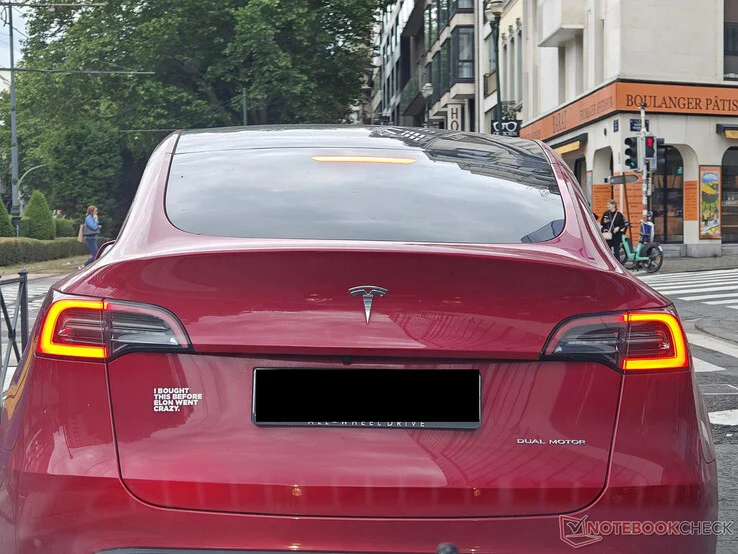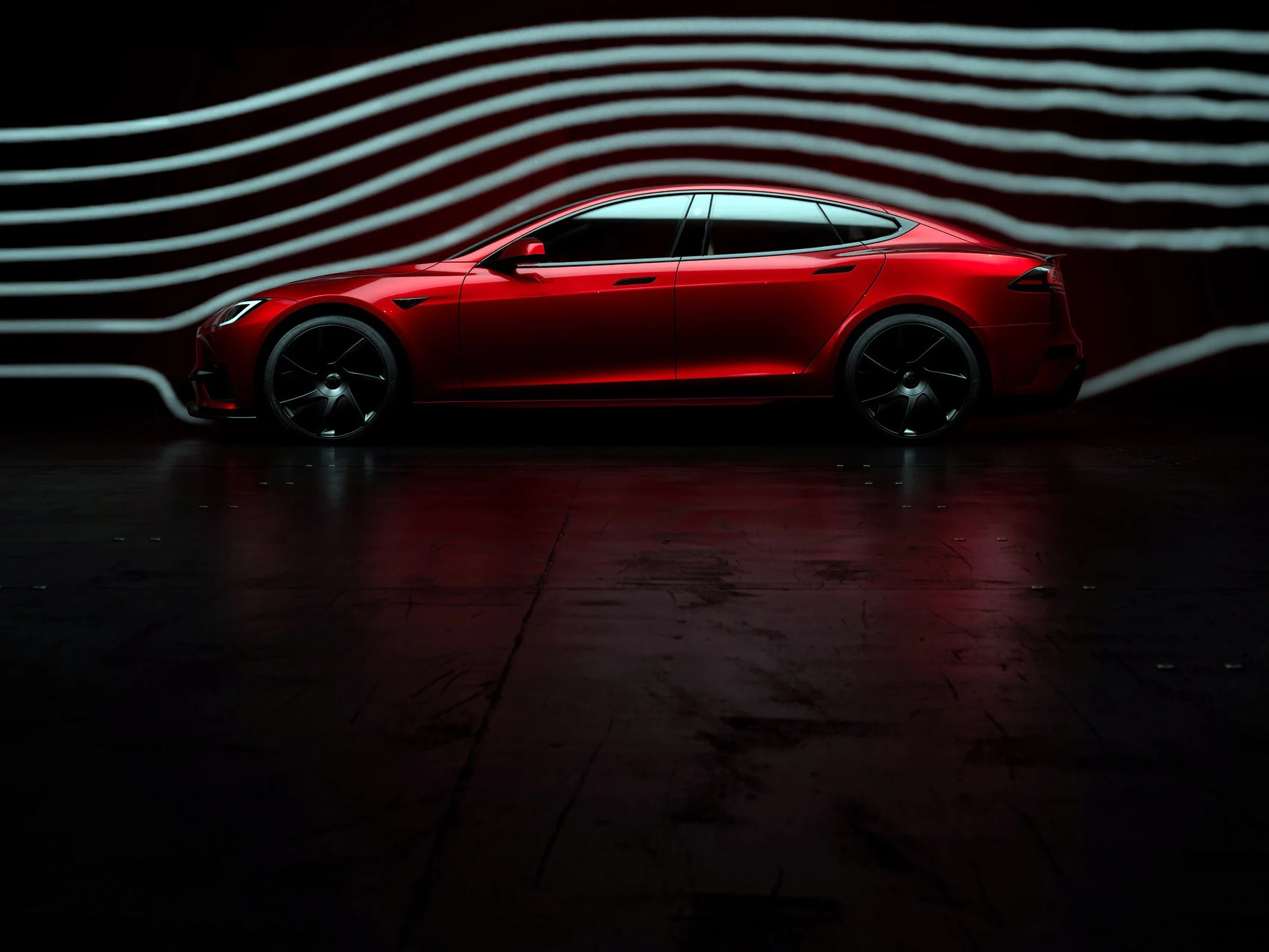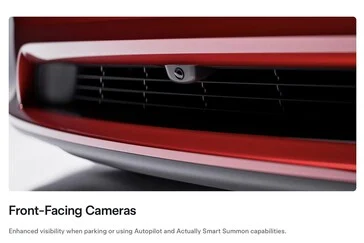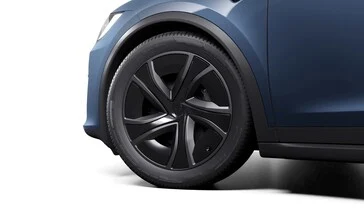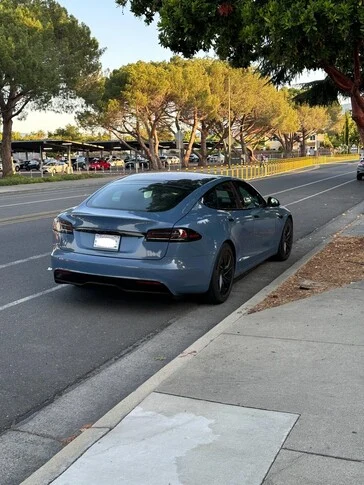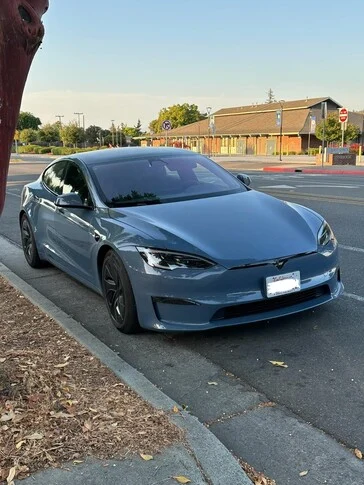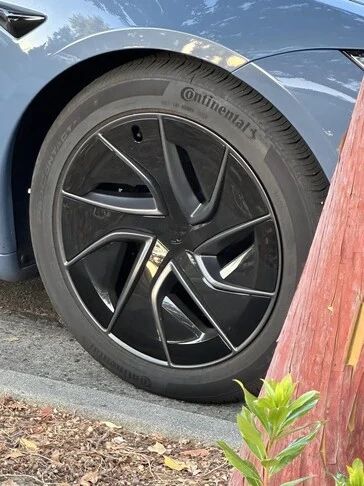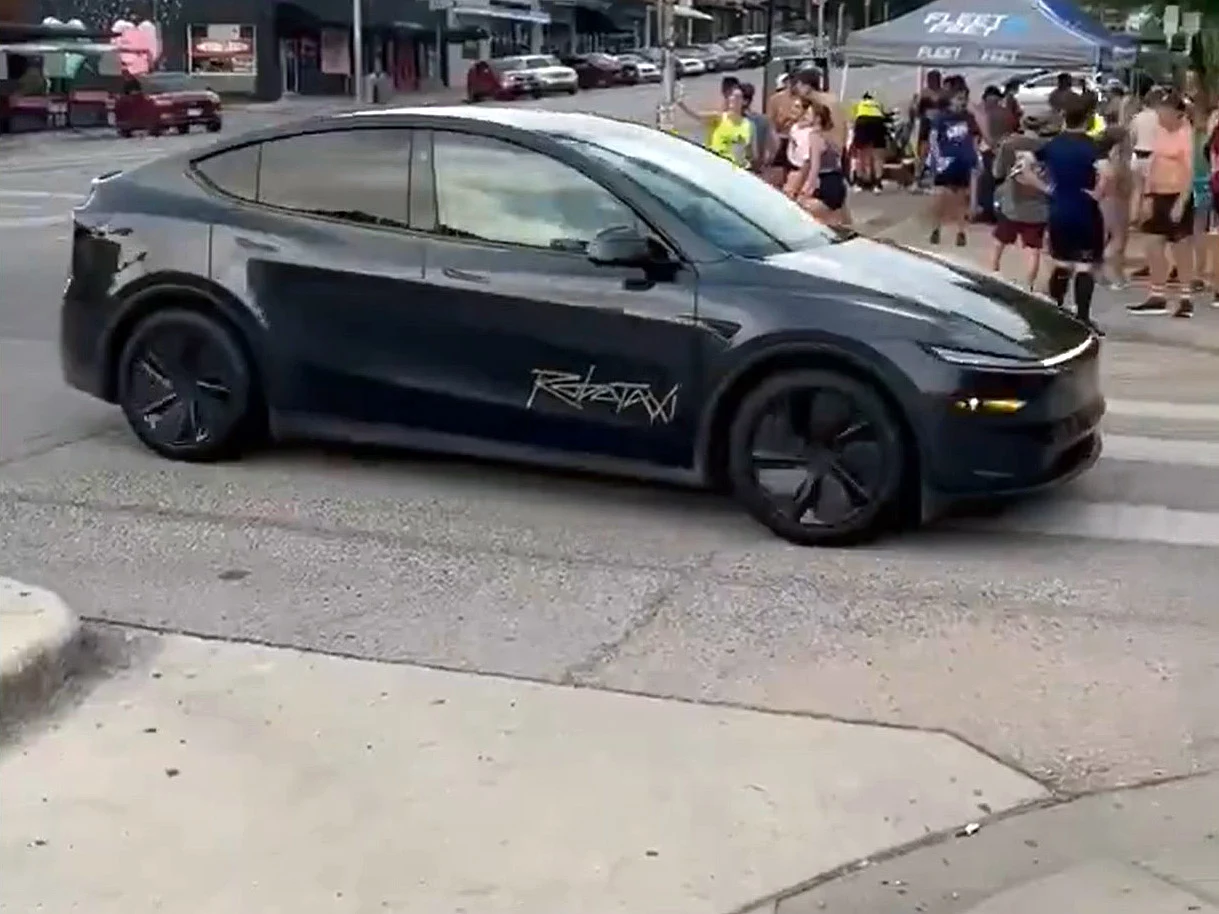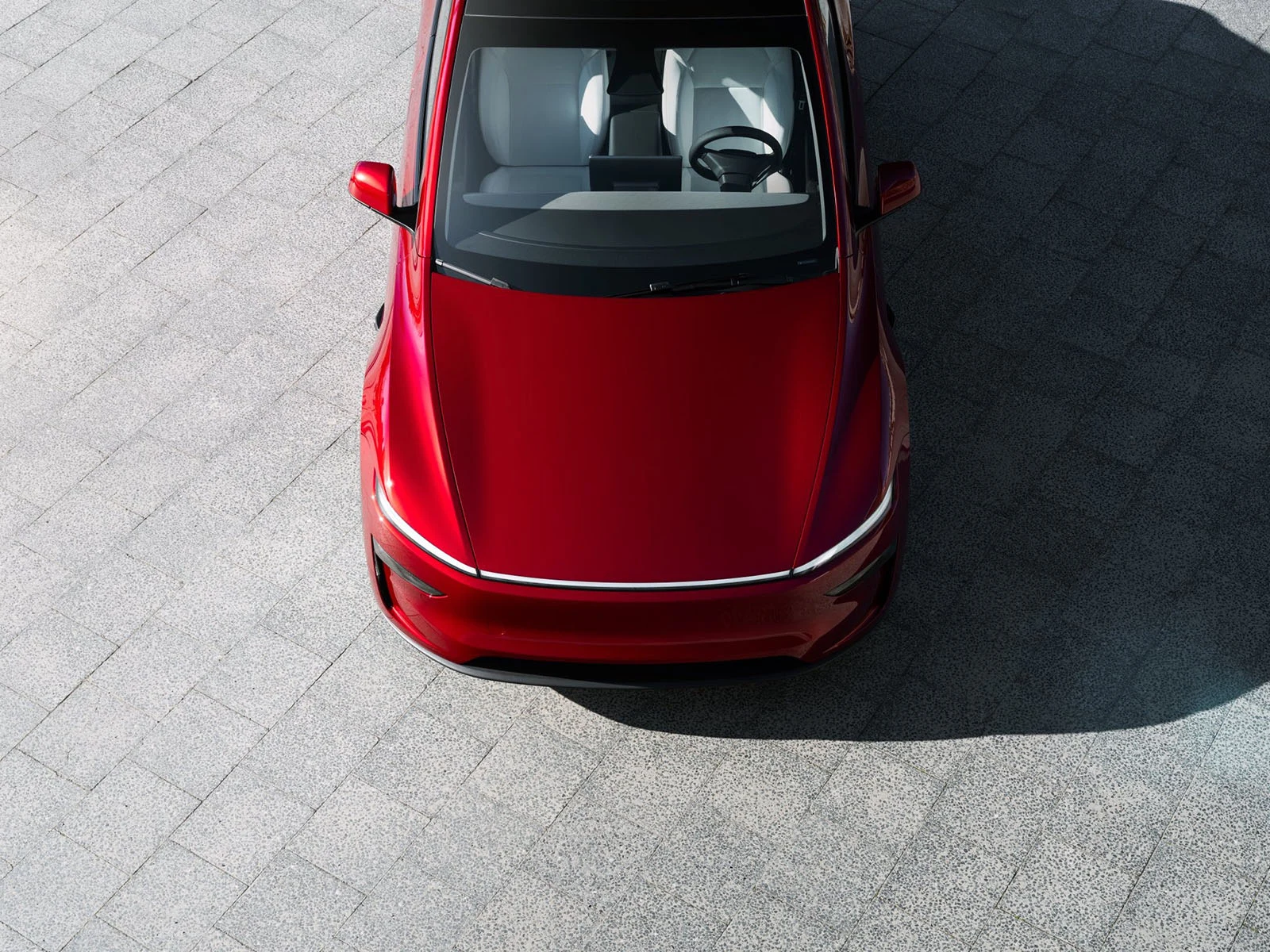Key Takeaways
1. Vandalism incidents involving Tesla cars have increased since Elon Musk became more politically active, affecting both the U.S. and international markets.
2. A group of French Tesla owners has filed a lawsuit against the company, citing breaches of a French law that requires manufacturers to ensure peaceful use of their products.
3. The lawsuit claims that Musk’s political involvement has turned Teslas into political symbols, hindering owners’ enjoyment of their vehicles.
4. Public perception of Tesla has declined sharply due to Musk’s political activities, leading owners to seek compensation and explore other electric vehicle options.
5. Tesla’s sales have dropped significantly, especially in Europe, with a reported 60% decrease in countries like France and Germany, despite the release of the refreshed Model Y.
Vandalism incidents involving Tesla cars and showrooms have sharply increased since CEO Elon Musk became more politically active.
Many Teslas have been set ablaze, scratched, had their tires damaged, windows broken, or were marked with anti-Elon slogans both in the United States and internationally.
Lawsuit from French Owners
After experiencing vandalism, including swastikas and even feces on their cars, a group of French Tesla owners decided to take legal action against the company due to Musk’s political involvement. This could be a significant case for other customers.
Their lawyer from GKA has submitted a lawsuit claiming breaches of a special French law that requires manufacturers to guarantee a “peaceful use” of their products. GKA argues that while Tesla owners purchased their vehicles for their innovative and eco-friendly features, Musk’s actions have turned them into “strong political symbols,” hindering their enjoyment of the cars.
Declining Brand Perception
This year, the public’s view of Tesla has declined drastically because of Musk’s political activities and his brief role at the Department Of Government Efficiency (DOGE). Caught off-guard by the changing perceptions, Tesla owners are now seeking compensation.
The plaintiffs are asking Tesla to buy back their cars and return any lease payments or cash they have made as they look for other eco-friendly electric vehicle options.
Court Proceedings
The lawsuit was filed in the Commercial Court of Paris on June 11th, and the judge must now decide if other Tesla owners wishing to join the case can do so after the lawsuit was made known.
Despite the introduction of the highly anticipated Model Y refresh, Tesla’s sales have significantly decreased this year. The situation in Europe is especially troubling, as Tesla is the only electric vehicle manufacturer facing a negative brand image and a 60% drop in sales in countries like France and Germany.
Although the Model Y remains one of the leading electric vehicles, its sales have dropped by 50% compared to the same time last year, even with the recent updates.
Source:
Link
